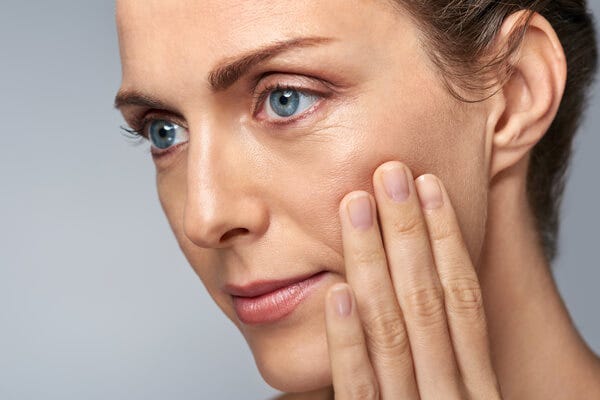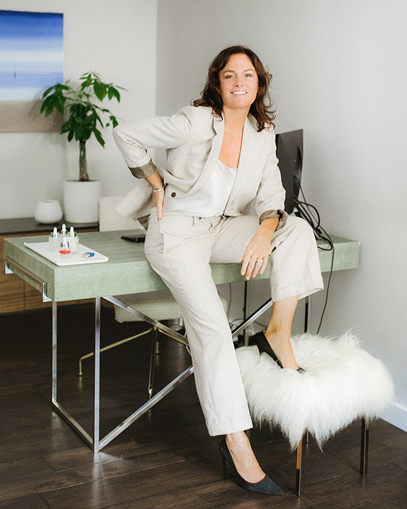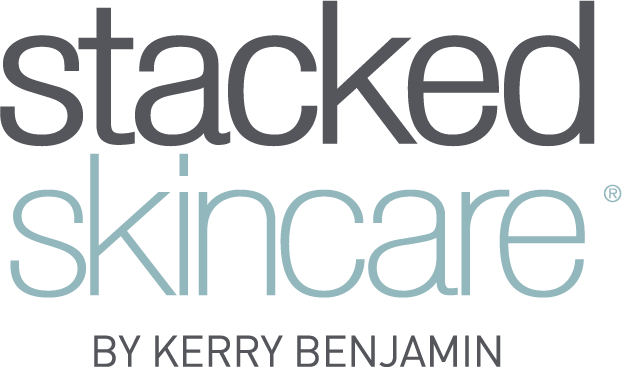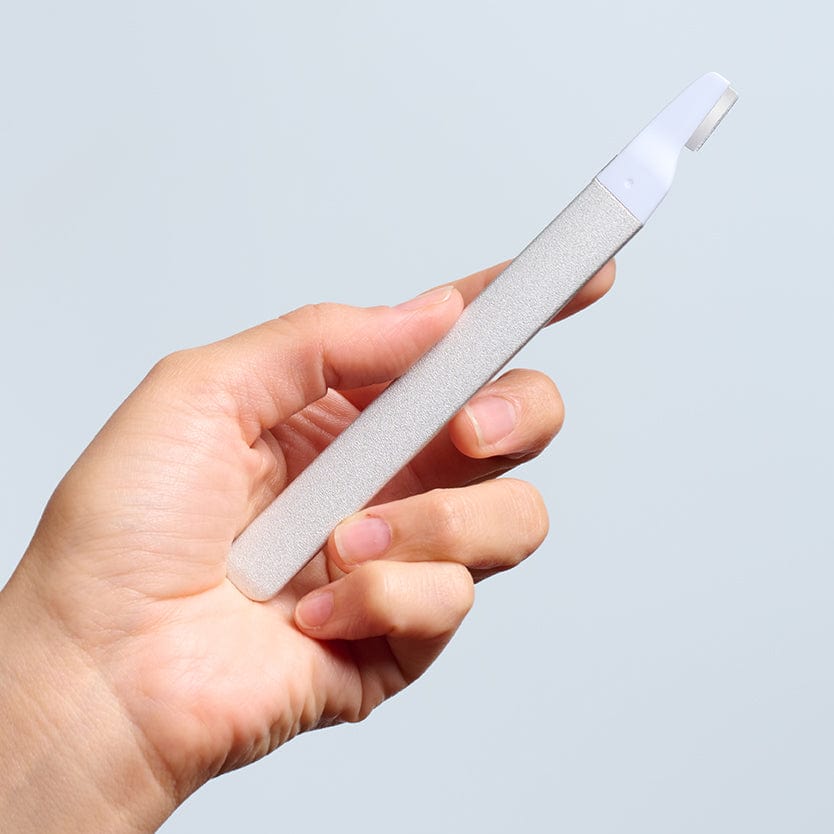The Lowdown On Vitamin A In Skincare
Written by Kerry Benjamin

You’ve probably heard the buzz about retinoids and retinol in skincare, but did you know that these superstar ingredients are just derivatives of vitamin A? Vitamin A is a powerful nutrient that is the gold standard for repairing damaged, aging and acne-prone skin. Although retinol and retinoids come from the same vitamin source, there are key differences in how they work. Here’s what you need to know about vitamin A and how to use it in your skincare routine.
WHAT DO RETINOIDS DO?
Retinoid is the umbrella term for topical vitamin A derivatives, which include over-the-counter retinol and prescription-grade treatments like Retin-A. Retinoids work by speeding up cellular turnover and boosting collagen, which helps the skin shed dead cells and grow new cells. This cell turnover boost addresses a number of skin issues, including wrinkles, acne, congested pores, and dark spots.
HOW DO RETINOIDS WORK?
All retinoids must be converted into retinoic acid before they can be used by your skin cells. The strength of different retinoid forms depends largely on how much converting your skin has to do before the ingredient is transformed into retinoic acid. Prescription-grade retinoids don’t need to be converted at all, while over-the-counter retinoids have to be converted multiple times before the skin’s retinoic acid receptors can put them to use. Once converted, retinoic acid speeds the turnover rate of epithelial skin cells. This helps clear pores by pushing out dead skin and oil trapped inside. It works on signs of aging by promoting collagen production and removing surface cells, revealing smoother skin underneath.
OVER-THE-COUNTER RETINOIDS
- In Doubt? Choose Retinol: Retinol is one of the mildest retinoids and is readily available in over-the-counter products. Retinol has to be converted into retinaldehyde (more on that below) and then into retinoic acid before your skin can use it. Because it has to go through this conversion process, it’s much gentler on your skin than prescription retinoids. Retinol also partners well with exfoliating acids, especially on the body, which can tolerate higher levels of exfoliation.
- Sensitive? Try Retinyl Palmitate: Retinyl palmitate and other retinyl variants are the gentlest retinoid forms. However, there is some evidence that these forms don’t provide the same anti-aging and pore-clearing benefits as other forms, so take that into consideration before you expect big results from a retinyl variant.
- Battling Acne? Try Adapalene: Adapalene, which is sold under the brand name Differin, was once only available by prescription. In addition to boosting cell turnover and clearing out clogged pores, adapalene has a mild anti-inflammatory effect that can help acne-prone skin.
- Want Something Stronger? Try Retinaldehyde: Retinaldehyde is a harder-to-find retinoid that some experts believe is the most effective over-the-counter form. That’s because retinol has to be converted first into retinaldehyde and then into retinoic acid before your skin can use it. It makes sense that going straight to retinaldehyde would result in better benefits; some studies show its effects are most similar to prescription-strength retinoids.
-
PRESCRIPTION-STRENGTH RETINOIDS
Prescription retinoids come in three different forms: tretinoin, tazarotene, and trifarotene. These retinoids not only have a higher concentration of retinoic acid than retinol, but they also have smaller molecules, which means they’re able to penetrate the skin more efficiently and produce faster results. When it comes to form, rely on your dermatologist to prescribe the form that’s best for you. Since prescription-grade retinoids are more potent, they may cause dryness, redness, and flaking.
GUIDELINES FOR USING RETINOIDS
- START SLOW: Dermatologists recommend slowly incorporating retinoids into your routine. Begin by using retinoids 1-2 times weekly. If no irritation occurs, slowly increase your usage.
- ALWAYS USE SPF: UV rays can interfere with retinoic acid, so use SPF 30+ and re-apply.
- USE AT NIGHT: To avoid UV reactions, use retinoids as part of your nighttime routine. Follow with a moisturizing cream to prevent drying side effects.
- AVOID IF PREGNANT: Retinoids aren’t recommended while pregnant or breastfeeding. Check with your doctor if you’re unsure.
- PREVENT SENSITIVITY: Since retinoids make your skin shed more quickly, dryness and flaking may occur. Don’t freak out-- it’s normal! Cut back if the peeling becomes too much and avoid using retinoids 3-5 days before waxing or threading treatments.
- ALLERGIC REACTIONS: Watch out for extreme redness and bumps. Discontinue use and use .5% hydrocortisone cream mixed with aloe twice daily until the inflammation has cleared. If the reaction persists for more than 2-5 days, consult a doctor.
- PACKAGING MATTERS: Look for opaque aluminum packaging that blocks out air and light, both of which can destabilize vitamin A.
Not quite ready to start treating your skin with retinoids? Our EGF ACTIVATING SERUM contains epidermal growth factors that similarly speed up cellular turnover without the irritating side effects of retinoids. Epidermal growth factors promote skin healing, reduce acne, and minimize the appearance of fine lines and wrinkles.
About the Author

Kerry Benjamin, a licensed aesthetician, has over 12 years of experience. Kerry is the driving force behind StackedSkincare. As the company's CEO, Kerry has dedicated her career to revolutionizing skincare. Her innovative approach combines peels, serums, and specialized tools toeffectively address a wide range of skin concerns. CA LE license number Z98459.

